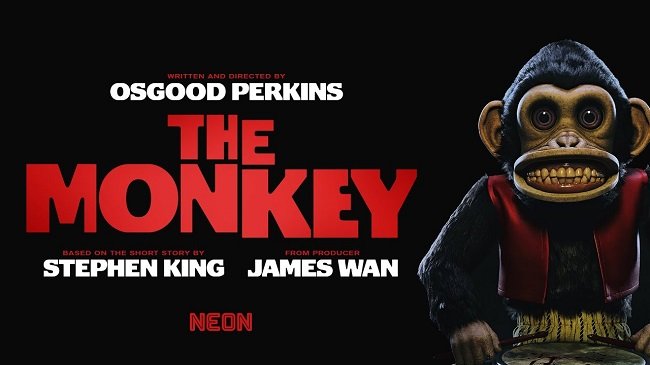Ghostwatch (1992)
Ghostwatch is a controversial British horror “mockumentary” produced by the BBC that was first broadcast on October 31st 1992. Written by Stephen Volk and produced by Ruth Baumgarten it is now considered a milestone in UK broadcasting. This was mainly due to the strong reaction it provoked from the public, many of whom failed to grasp that it was a drama. At the time it raised serious questions about responsible programming and caused a furore in the British press. It has curiously never been shown since by the BBC. Ghostwatch remains a talking point to this day and is a text book example of the power of television as well as the public's enduring belief in the supernatural.
The 90 minute film is shot in a documentary style and appeared as part of BBC Drama’s Screen One series. While it is often incorrectly referred to as a hoax, it is more accurate to call it a “mockumentary”. In many ways it was a precursor to the supernatural reality shows that are prevalent today, such as Most Haunted and Ghost Hunters. Ghostwatch centres on a team of BBC reporters conducting a live, on-air investigation into alleged Poltergeist activity at a family home in Northolt, Greater London. Through the medium of a live broadcast the investigators discover the existence of a malevolent ghost nicknamed “Pipes”, as his banging and crashing were initially attributed to bad plumbing.
As the programme unfolds viewers learn that “Pipes” is the ghost of a psychologically disturbed man called Raymond Tunstill, who is believed to have been possessed by the spirit of a child killer from the 19th century. The manifestations became more intense and terrifying as the investigation progresses, until the frightened reporters realise that the broadcast itself is acting as a focus for a national séance through which “Pipes” is gaining more power. The program ends with poltergeist activity manifesting in the BBC TV studios themselves, before the screen fades to black.
One of the reasons Ghostwatch succeeds is through the use of known and trusted television personalities. Michael Parkinson and real life couple Mike Smith and Sarah Greene brought credibility and professionalism to the proceedings. All were firmly established television broadcasters at the time. The Crimewatch style format, complete with telephone phone in and hand held cameras is oddly prophetic of popular paranormal shows we see today. However the most interesting aspect of the original broadcast was the way the public assumed the show was a genuine investigation and not a drama. Despite the addition of brief credits by the BBC at the start of the broadcast, viewers watched events unfold for over ninety minutes before they began to question the authenticity of them. It also highlights how the supernatural remains an integral part of UK popular culture.
Twenty three years on Ghostwatch is still fascinating and disturbing to watch. The story unfolds in a leisurely manner focusing on a very credible family. Halfway through the proceedings there is a red herring which indicates the alleged phenomena at the house may be a hoax. However this bluff cunningly sets the audience up for further paranormal activity and an interesting plot twist. Having now watched Ghostwatch several times, its dramatic roots are more noticeable with references to Nigel Kneale and even a nod to Orson Welles’ famous broadcast of War of the Worlds. It is still fun to keep an eye out for all the allusive on screen appearances by “Pipes”. Overall Ghostwatch remains a prime example of the power of television and its ability to hoodwink the public. Although similar themes have been tackled in films such as Cannibal Holocaust and The Blair Witch Project, it is the immediacy and intimacy of TV that makes this production so successful.
As an addendum to this post, I've included a short podcast about Ghostwatch that I participated in. It was first published in October 2016, as part of the 31 Days of Scary Movies event at Totally Legit Publishing. I discuss the enigma of the mockumentary with the host Jessica.






























